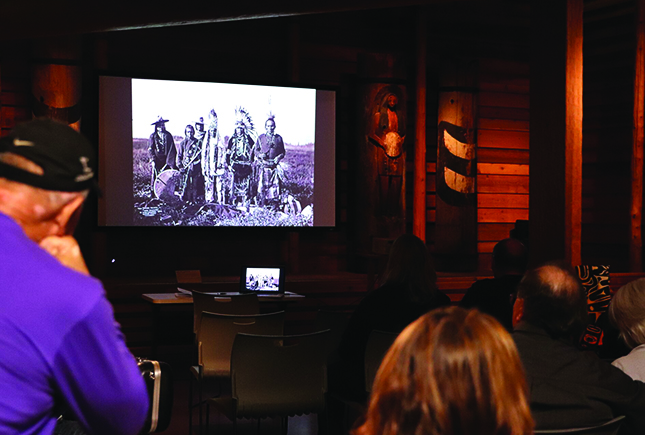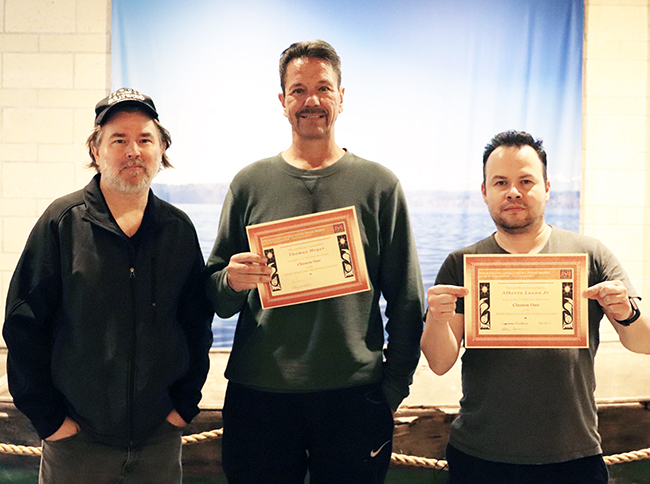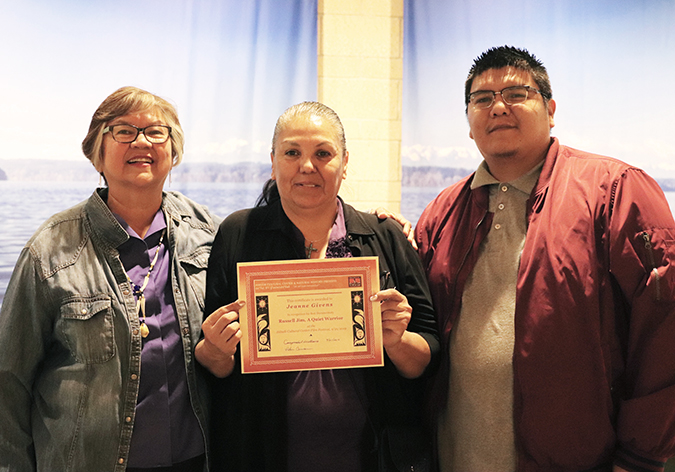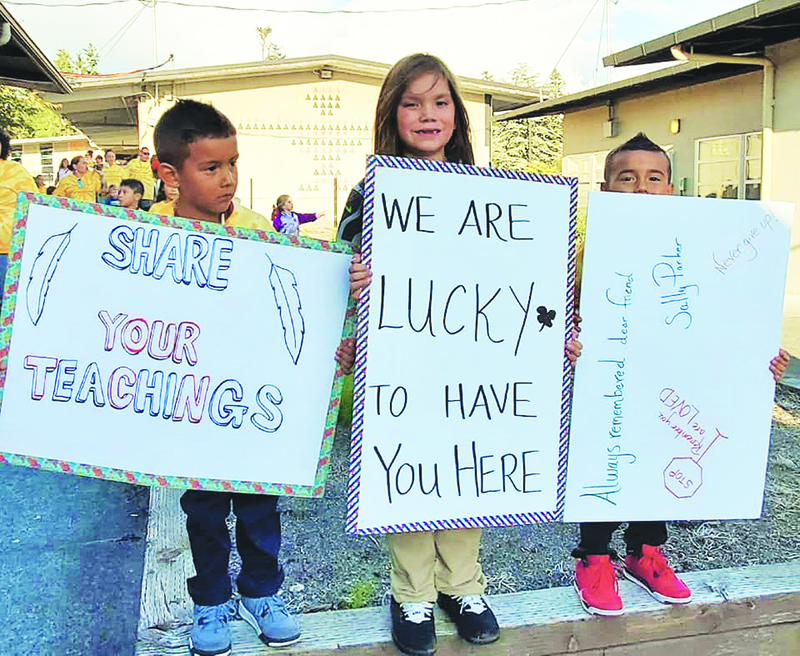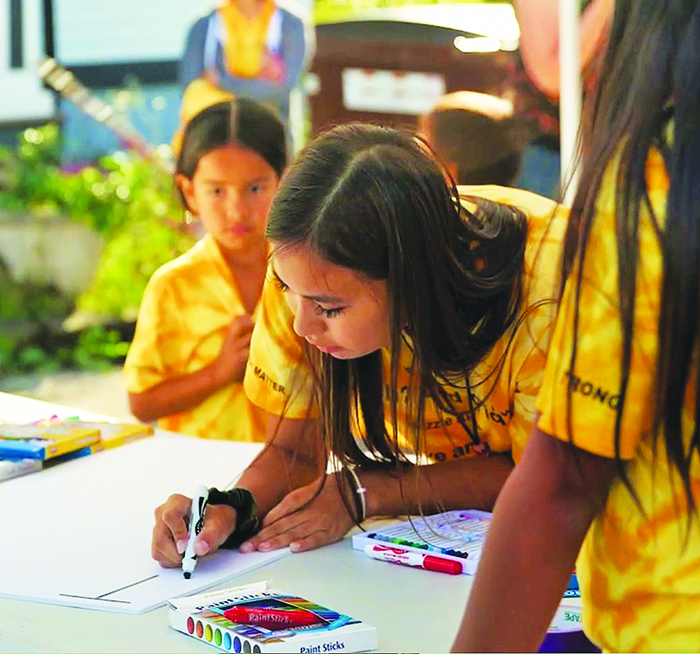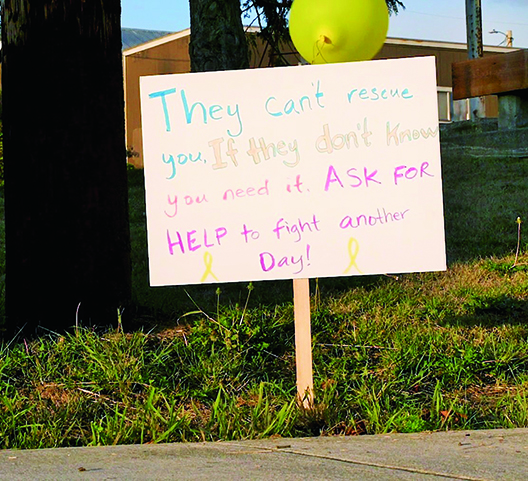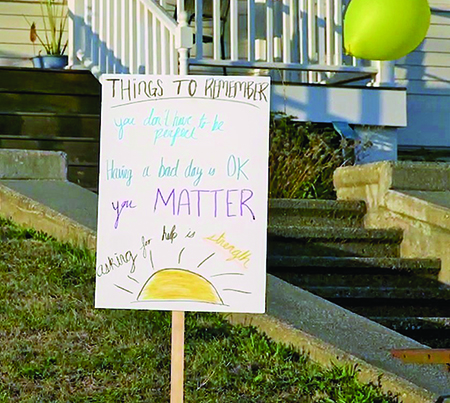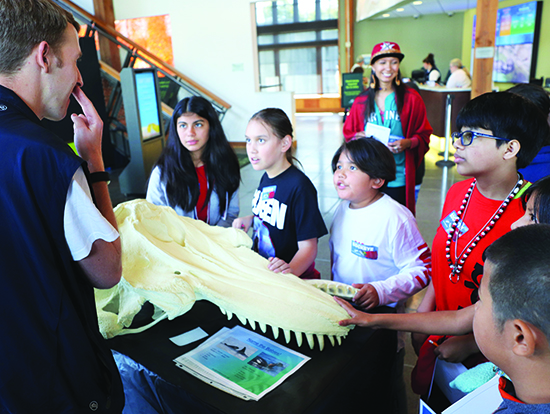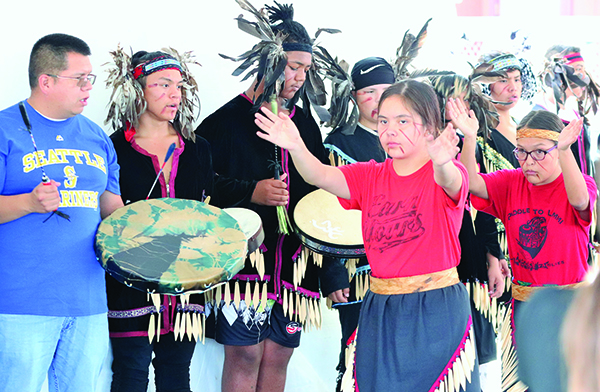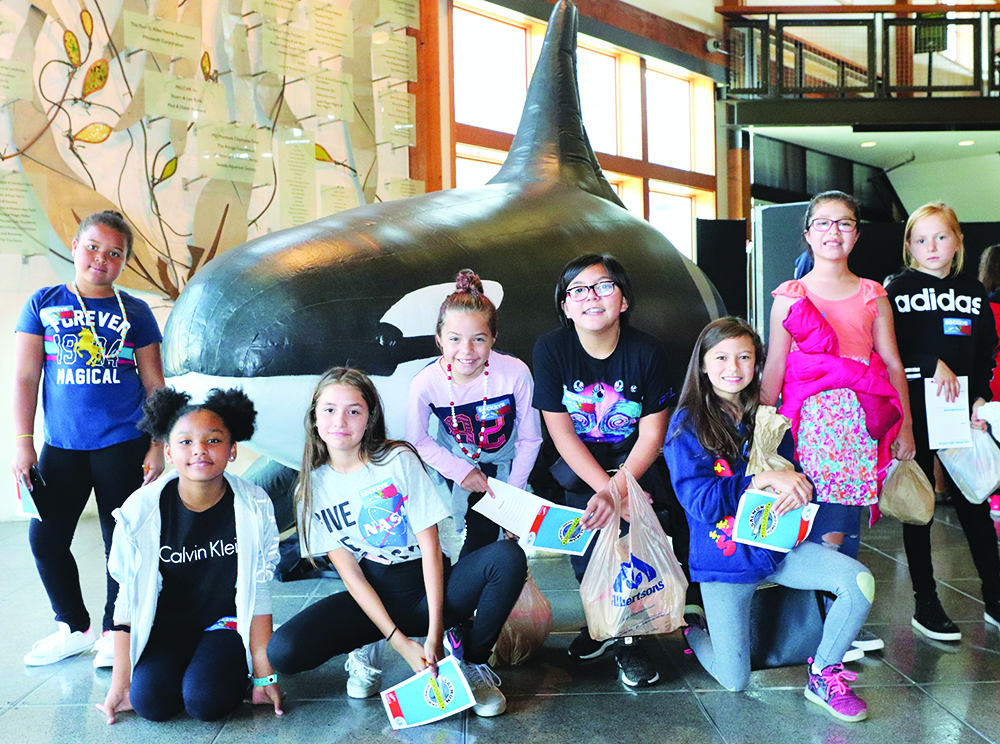
By Micheal Rios, Tulalip News
Over 300 hopeful community members united on a Friday evening to bring awareness to Tulalip’s drug epidemic. With a positive outlook and emphasis on prevention, the Get Drugs Off Our Rez walk offered traditional songs, prayer, and stories of encouragement.
In what is sure to be one of the last warmer days of the year, the rain and clouds stayed away on September 27, giving a picturesque backdrop to the gathering as family and friends assembled at Heritage High School’s gymnasium. After many formed a large circle and shared four songs to honor the four directions, the assembly marched their powerful drum beats and strong voices down 27th Ave. NE, or what is colloquially called ‘the Quil.’

“Today’s purpose was to raise awareness for all of our youth, our elders, and all of our community members. To recognize that there really is unity out here and our people are ready to come together and stay together to build a stronger future,” explained prevention walk coordinator Josh Fryberg. “Personally, I’ve lost family members to the drug epidemic and have other family who are addicted.
“My goal is to get them stronger and get them to where they need to be in order to beat their addictions,” continued Josh. “It comes full circle because by helping those that need our support the most, it shows our youth we still practice our traditional teachings and care for one another.”

Local law enforcement, firefighters, and various Tulalip-based programs came together with the outpouring of community support to form one unified demonstration. Tulalip tribal members of all ages participated and showed their support for a shared mission by wearing a black t-shirt that stated with all capital letters: GET DRUGS OFF OUR REZ. As they marched down the Quil many local commuters cheered from their cars, while others stood outside their residence to take in the awe-inspiring scene.

Walking their talk. Voices from the march:
Jobey Williams: “Our ancestors fought for us. They fought for us to have what we have today, and to see so many gather here today to get our people clean means a lot. It shows we’re still willing to fight for one another and get our people together on the right path so we can walk as one. This is just the start, only the beginning, but we are going to get our people back. We are going to help the ones suffering and get them back in the sacred circle.”

Gerald Williams Jr., with his son Gerald Williams III, celebrated graduation from Wellness Court: “Two years ago I was really bad into my addiction. I weighed something like 110 pounds and using so much drugs that they nearly killed me,” shared Gerald. “Next thing you know my son was born and reality set in that I needed to get clean for him. My father was an alcoholic and his addiction killed him when I was young. I didn’t want my son growing up with that same story so I set out to get clean. It was a struggle and wasn’t easy at all. I had to go through treatment two times to get it right, but eventually it stuck and now I can show my son a better way to live. I’m really grateful for Wellness Court and everyone who helped me get here today.”
16-year-old Kaiser Moses, youth council representative: “When it comes to the drug epidemic, I’ve seen a whole lot and heard much more about what it has done to us. Drugs are keeping us to the sins and vices of the Earth. We need to separate ourselves from that because our ancestors wanted us to be pure and to keep our teachings alive. Our teachings aren’t heroin needles or alcohol. Drugs, alcohol, cigarettes, vaping…all of that is like a snake. You never want to pick up the snake because it will bite you and coil around you, preventing you from being on the good path and walking the sacred road.”

Tulalip Bay Firefighters Peter VanLunsen and Dane Zirwas: “It really empowers us and gives us great pride to serve the community. We often have to respond to not favorable situations, but being here today with the community is a tremendous opportunity.”
Benjamin Deen walked alongside his mother as they both celebrated being clean and sober: “This is so big for our community. This walk is for the future of our children and young ones. I’m carrying my N.A. chips because they remind me that this process is one day at a time. So far I’ve earned my 30-day, 60-day, 90-day, 6-month, 9-month, 1-year and 18-month chips.”

Donald ‘Penoke’ Hatch, Tulalip elder: “When we say drug epidemic we are referring to the heroin, opioid-based pain pills, and cocaine that is sold to our people. It’s poison. The whole community has to help out to solve this problem. If you see things in the neighborhoods, next door, or in your own house, then you have to be willing to talk about it and call the police. I worked hard with one of my children and still lost him, so I know how difficult it can be. Drugs and being addicts isn’t the traditional lifestyle of us as Native Americans. And in order to rid our reservation of those things we have to be willing to speak up and tell on those up to no good. If we’re not willing to do that, then we will continue to have drugs on our reservation. It takes the whole community being on the same page to end this epidemic.”



